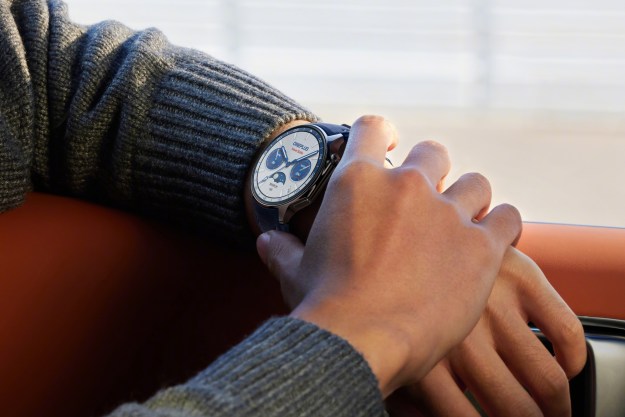
Businesses the size of Google tend to attract all manner of litigation, and Google has felt the sting of legal battle. The company is already facing its share of high-profile cases, including an major infringement suit with Oracle — and a looming mano-a-mano with Apple — over its Android operating system. Now, the Internet giant faces another patent infringement battle, and this one is from across the pond. British Telecommunications has filed suit against Google in Delaware (full complaint), alleging that a broad range of Google products infringe on six key BT patents ranging granted from 2000 to 2004. BT is seeking unspecified damages and an injunction that would prevent Google from using those patented technologies in its products. And that would be quite a range of Google products: Google Search, Gmail, Google Places, Google Offers, Google’s location-based advertising services, Google Music, Google Docs, Google Plus, Google Maps, and Android are all named in the complaint.
The six patents named in the filing all center on location-based services, including navigation, and the ability to personalize and customize data and content to particular users based on the their location. BT’s complaint implies that it has been in negotiation with Google over licensing, but that Google refused to come to terms.
Examples of infringement cited in the filing including Google Maps’ ability to provide different information to users at different zoom levels, and Android’s ability to restrict music downloading to Wi-Fi connections, rather than mobile data services. The latter is an instance of the so-called Busuioc patent, granted to BT back in 2000.
Although ostensibly a mobile, telecom, and broadband operator, BT claims a portfolio of more than 5,600 patents and patent applications. And in financial terms, BT is a giant: for the full year ending March 2011, the company pulled in over US$30 billion in revenue.
The BT lawsuit increases the patent pressure on Google’s “free and open” Android operating system. Android is currently the top-selling smartphone platform, and its success has been fueled in part by the fact that device manufacturers don’t have to pay anything to Google to use it. However, Microsoft claims more than half of Android device makers are now paying it royalties to protect them in the event Microsoft ever decides to sue Google for patent violations. Google is also facing a major challenge to Android from Oracle over the Java virtual machine included in Android, and is looming closer to a direct confrontation with Apple over Android, which Steve Jobs characterized as a “stolen” product that he was willing to go “thermonuclear” to destroy — although it remains to be seen whether Apple’s current leadership shares that commitment. With BT added to the mix, the cloud over Android’s “free and open” future gets even darker, and some industry watchers are speculating Google may have no choice but to consider charging royalties to device makers to use Android.


